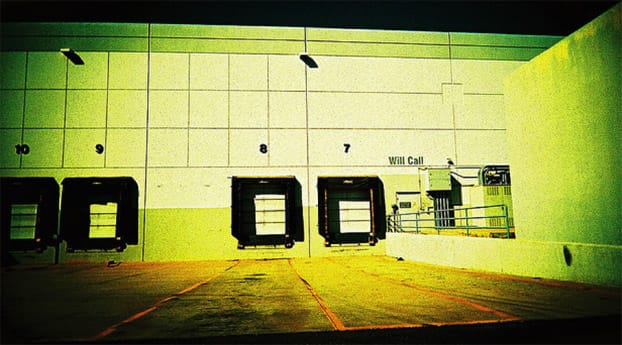How a Product’s Life cycle Applies to Reverse Logistics

Are you developing enhanced and practical reverse logistics strategies? Congratulations! Not only are you making a positive move to your company’s bottom line, but you just became a champion for the green movement as well. Whether you realized it or not, issues you address with reverse logistics are all but synonymous with the green industry’s key component – the life cycle of a product.
What Does Life Cycle Have to do With It?
A life cycle is a fancy term for how long a product functions, from its creation to the end of its usefulness. In a product’s life cycle, the emphasis is usually on production and the forward chain – its construction, the packaging, how it ships (via train, boat, plane, etc.), how far it travels to reach a customer, and how the customer disposes of it after use.
But if a customer initiates a return, the life cycle suddenly encompasses your reverse supply chain and the issues that come with it – shipping, storage, remanufacture, refurbishment, resale, and waste management.
Reverse logistics managers care about profit. Waste impacts their margin – the more of it, the higher the loss in overall profit. In truth, that means reverse logistics should be the first thing a manufacturer considers when developing a product.
Why a Successful Reverse Strategy is Always Green
Ask yourself the same questions customers ask:
What materials does the product contain? How do those materials impact the earth if they get thrown away? Customers give the environment a lot of thought, even if they don’t know how it powers your reverse strategy.
Successful reverse strategies answer all of those questions and more, setting a customer’s mind at ease and buffing your company’s bottom line. When a company employs a reverse strategy that focuses on the planet, it ensures increased profits and environmental responsibility.
Protecting the environment for future generations is a hot topic in business. Smart companies are looking for ways to reduce their environmental impact – or reverse them if possible. You’re one step ahead because, as you can see, reverse strategies are already part of a broader green approach.
Reverse logistics and Green are One in the Same
In the green industry, a product’s life cycle is assessed by how it affects the environment. Green solutions will always include ways to keep items from landfills for environmental protection.
The reverse logistics industry focuses on the end of the life cycle. The handling of a product has the most substantial impact on profits during the return process. Your industry may not care about keeping products out of a landfill for the same reasons as the green industry, but the results are the same.
Your company will harmonize with the green movement by emphasizing lifecycle – during both the forward and reverse chains. By extending the life cycle of a product, your company will help the planet while saving money in the process.
Image credit: Kevin Dooley



